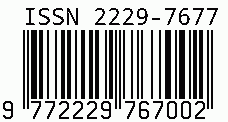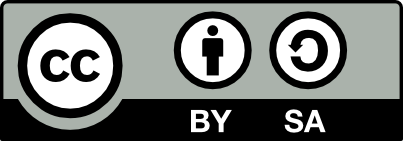
International Journal on Science and Technology
E-ISSN: 2229-7677
•
Impact Factor: 9.88
A Widely Indexed Open Access Peer Reviewed Multidisciplinary Bi-monthly Scholarly International Journal
Plagiarism is checked by the leading plagiarism checker
Call for Paper
Volume 16 Issue 2
2025
Indexing Partners



















The CHI Framework: Cultivating Adaptability, Innovation, and Resilience for Organizational Transformation
| Author(s) | Priyanka Taranekar |
|---|---|
| Country | United States |
| Abstract | This article describes the CHI competency framework that is intended to help organizations overcome the challenges and opportunities that accompany large scale transformational change. It is a model encompassing three primary competencies that can help create a future-ready workforce so organizations of today can be leaders for continuous growth and success: Cognitive Tech-Readiness, Hyperconnected Ecosystem Leverage and Innovative Risk-Taking. The Cognitive Tech-Readiness Competency consists of the cognitive flexibility and fungibility necessary to become adaptive thinkers, problem solvers and decision makers. This is a must in today’s world of uncertainty and complexity surrounding digital transformation projects. Its a skill that involves developing an interest and readiness to explore new technologies, and the agility to keep up with the technological environment. This competency emphasizes the collection, manipulation, validation and analysis of data for critical decision-making, key problem solving, and forward planning. Hyperconnected Ecosystem Competency gives organizations the capability and mindset to interact with and capitalize on the interconnected network of stakeholders, leaders, partners and technology infrastructures that form the digital business environment i.e. learning how to work synergistically, to exchange expertise, and take advantage of the convergences that exist within these ecosystems. Finally, the Innovative Risk-Taking Competency sets the stage for an open-minded, experimental and risk-taking culture that allows organizations to find new possibilities and stay on top of changing and ever evolving market demands. It is a competency that is intended to encourage initiative, lean into disruption and find new ways to solve complex challenges. If enterprises integrate the CHI competency model to their talent management and performance management systems, they can create an enterprise workforce that is not only technologically competent and advanced but also agile, innovative and adaptive – all skills that are necessary for staying relevant while winning in today’s fast-changing business world ruled by technological disruptions. |
| Keywords | Organization Transformation, Change Management, Competency Frameworks |
| Published In | Volume 15, Issue 3, July-September 2024 |
| Published On | 2024-07-07 |
| Cite This | The CHI Framework: Cultivating Adaptability, Innovation, and Resilience for Organizational Transformation - Priyanka Taranekar - IJSAT Volume 15, Issue 3, July-September 2024. DOI 10.5281/zenodo.14912776 |
| DOI | https://doi.org/10.5281/zenodo.14912776 |
| Short DOI | https://doi.org/g854p7 |
Share this


CrossRef DOI is assigned to each research paper published in our journal.
IJSAT DOI prefix is
10.71097/IJSAT
Downloads
All research papers published on this website are licensed under Creative Commons Attribution-ShareAlike 4.0 International License, and all rights belong to their respective authors/researchers.

